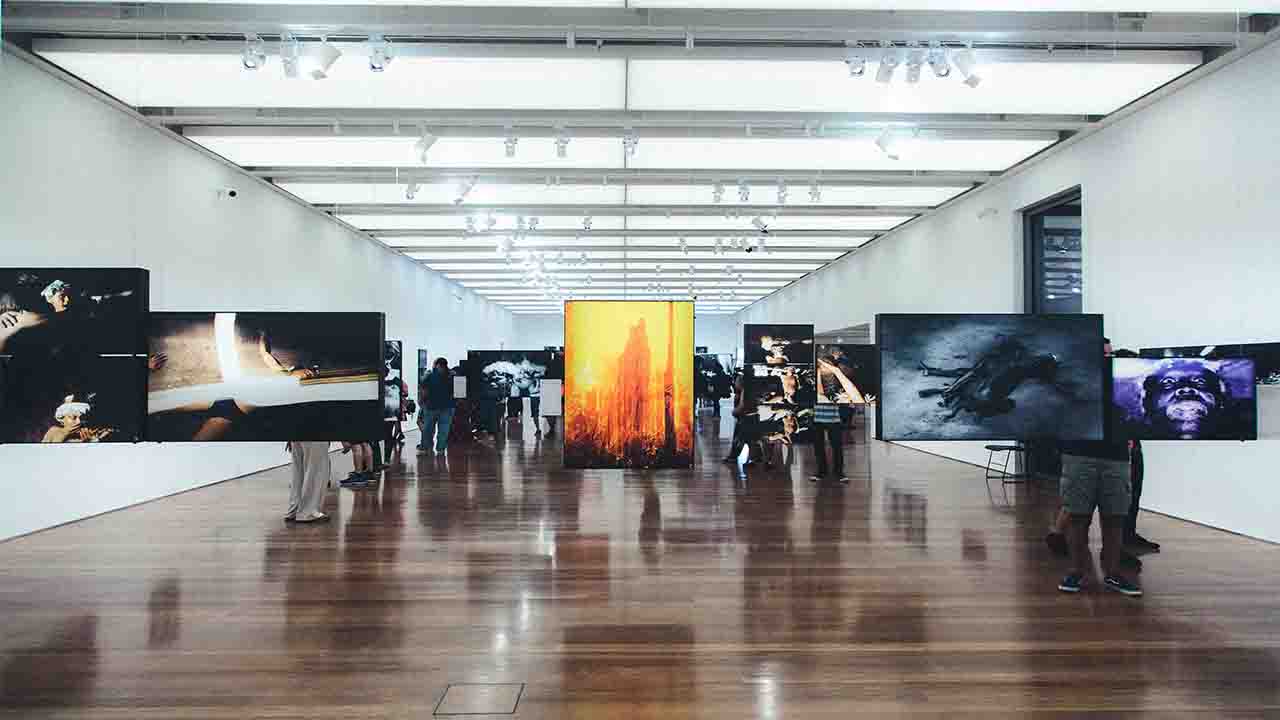Science & Technology (Commonwealth Union) – Art has always been a reflection of human creativity, innovation and inspiration. In the 21st century, the intersection of nanotechnology and art has given rise to a fascinating blend of science and creativity, transforming the way we perceive and create artistic works. Nanotechnology, the manipulation of matter on an atomic or molecular scale, is ushering in a miniature revolution in the world of art, offering new possibilities for expression, preservation, and exploration.
Nanotechnology in Artistic Materials:
One of the most significant impacts of nanotechnology on art is the development of innovative materials with unique properties. Nanomaterials, such as quantum dots and nanotubes, have found their way into pigments, paints, and coatings, allowing artists to explore a whole new palette of colors and textures. These nanomaterials can produce vibrant hues and create unusual visual effects, expanding the artistic toolbox beyond traditional mediums.
Nanotechnology also enables the creation of “smart” materials that respond to environmental conditions. For example, photochromic pigments change color in response to light, while thermochromic materials alter their appearance with changes in temperature. These dynamic materials provide artists with interactive elements, adding a new layer of complexity and engagement to their creations.
Precision and Miniaturization:
Nanotechnology’s ability to manipulate matter at the nanoscale brings a new level of precision to artistic endeavors. Artists can now create intricate and detailed works on a microscopic scale, opening up new possibilities for miniaturized art forms. Nanoscale sculpting and painting allow for the creation of artworks that are both visually stunning and technically impressive.
Moreover, the miniaturization capabilities of nanotechnology are not limited to the creation of art alone. It plays a crucial role in the preservation of artistic masterpieces. Nanomaterials can be used to develop advanced conservation techniques, helping to protect artworks from environmental degradation, such as discoloration and decay.
Nanotechnology and Conservation:
Preserving art for future generations is a significant concern, and nanotechnology is playing a pivotal role in addressing this challenge. Nanomaterials can be applied in the restoration and conservation of artworks, offering enhanced protection against factors like humidity, pollution, and UV radiation. Nanocoatings provide a thin, protective layer that shields paintings and sculptures without altering their original appearance.
Furthermore, nanoparticles can be utilized for cleaning delicate artworks without causing damage. This precision in conservation not only ensures the longevity of artistic masterpieces but also allows for the restoration of works that might have been considered irreparable in the past.
Nanotechnology in Art Exhibitions:
The integration of nanotechnology in art has also influenced the way artworks are exhibited and experienced. Nano-art, a form of artistic expression that involves the manipulation of materials at the nanoscale, has gained popularity. These nano-artworks are often showcased in specialized exhibitions, providing viewers with a glimpse into the microscopic world and the convergence of science and art.
Nanotechnology is shaping the world of art in ways that were once unimaginable. From innovative materials and precision in artistic creation to conservation and exhibition, nanotechnology is a driving force behind a miniature revolution in the art world. As artists continue to explore the possibilities offered by nanotechnology, we can expect an ever-expanding realm of creativity that challenges our perceptions and pushes the boundaries of what is artistically possible. The fusion of science and art is creating a future where the canvas extends beyond the traditional, opening doors to a world of limitless imagination and innovation.
With nanotechnology set to transform many industries, such as the medical, agricultural and a variety of industries, the potential for artistic aspects to play a significant role will be an added bonus in the use of nanotechnology. With more research making nanotechnology significant, its artistic application is likely to further improve.








